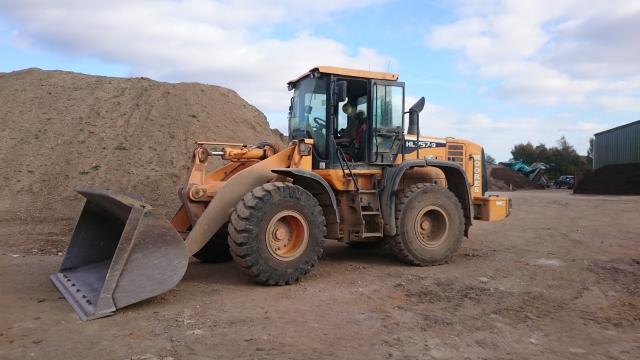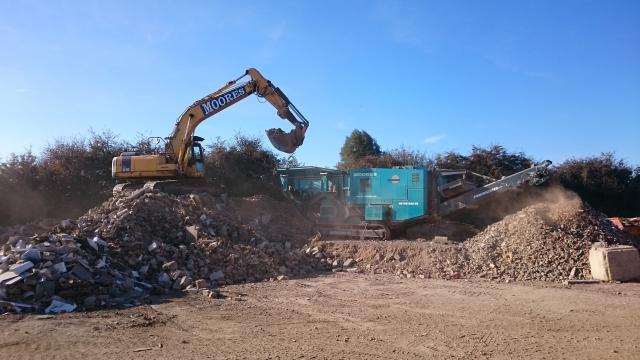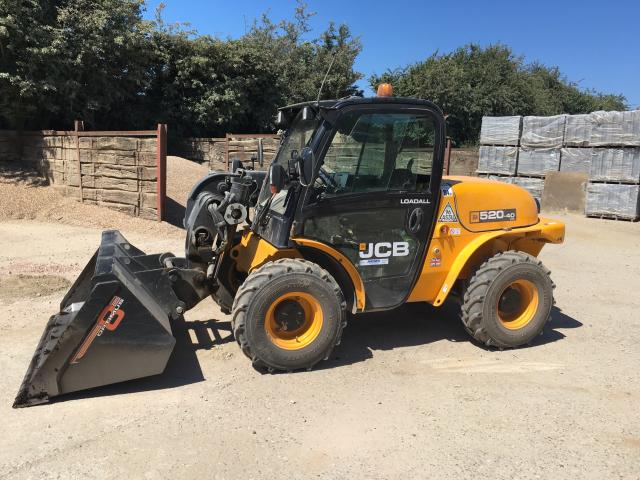Preparation
Turf can be laid at any time of the year. Thorough preparation is very important for best results. Don't arrange delivery of your turf before you have fully prepared the soil bed.
When replacing an old lawn, you may need to spray it with glyphosate (Roundup). This herbicide kills the entire plant, including the root, and ensures that weeds like dandelion and couch grass cannot re-grow and infest your new lawn. Read the instructions on the pack carefully before you use any garden herbicide.
When the old lawn is dead it should be removed. The easiest way to do this is to hire a turf stripper from your local hire shop or garden centre. Don't throw the old turf away though! Stack it up in a corner of the garden and in two years time you'll have some lovely compost to use on the borders.
A depth of at least 150 mm (6") of good topsoil is recommended for grass to grow in. You may need to buy some additional topsoil if you don't think you've got enough, or if you need to raise the height to surrounding levels. For example, bring the level of the topsoil up to the same level as patios and paths so that the turf lies proud of the hard surface. This makes mowing much easier.
At this stage it's well worth thinking about digging organic matter into your soil. For example, if you have very sandy soils, organic matter will add structure to the soil, and improve its ability to retain moisture and nutrients. If you have heavy clay soil, the addition of organic matter will help break up the clay and make it easier to work. It will also improve the drainage. Dig over, removing any weeds and stones. Rake to a rough level. At this point, walk over the whole area on your heels - this consolidates the soil, making sure that you are not left with soft spots. It's worth taking time over this part of the job to avoid uneven settling of the soil later on. Apply a general fertiliser according to the manufacturer's instructions, and mix thoroughly into the top 50mm of soil. Rake over to obtain the final level and a fine tilth. This ensures good contact between the soil and the turf.
Make sure you order enough turf for your needs. Remember that wastage due to cutting and shaping is higher for irregularly shaped lawns, so you may need a bit more than you think. It's well worth adding about 5% extra turf rather than find that you're a few metres short at the end of the job. Turf must be laid immediately in the summer to avoid deterioration of the turf. As a general rule, lay the turf as soon as possible after delivery. The sooner you lay it, the better the results will be.
Laying
Start laying the turf along a straight side, butting the ends closely together. On subsequent rows, stagger the joints like brickwork, making sure that there are no gaps. If you need to adjust the position of the turf after unrolling, always push it rather than pulling it to avoid stretching. Work from planks laid on the soil to avoid making footprints. Make sure that there is complete contact between the underside of the turf and the topsoil. If necessary, tamp or roll the turf lightly as you go along. Try not to leave any gaps between the turves, but if they do occur they can be filled with topsoil and lightly firmed.
Watering
Start watering the turf as soon as you have laid it. This is very important.. Never let the turf dry out in the first 2-3 weeks, or until the roots have gone well down into the soil. When you water, make sure that the underside of the turf and the first 50mm of topsoil is damp. The best way to check this is to lift the corner of several turfs to see if the soil is damp underneath. Try to water little and often, rather than flooding the lawn, so that the soil does not become soggy. If you over-water, you may find it difficult to mow without leaving footprints in the turf. Another problem with overwatering is that it encourages the development of lawn diseases. Don't water late in the evening because the grass stays wet overnight, and this too can lead to disease.
Even after the critical first few weeks are over you may have to check that the soil has not dried up.
Turf Laying Guide


